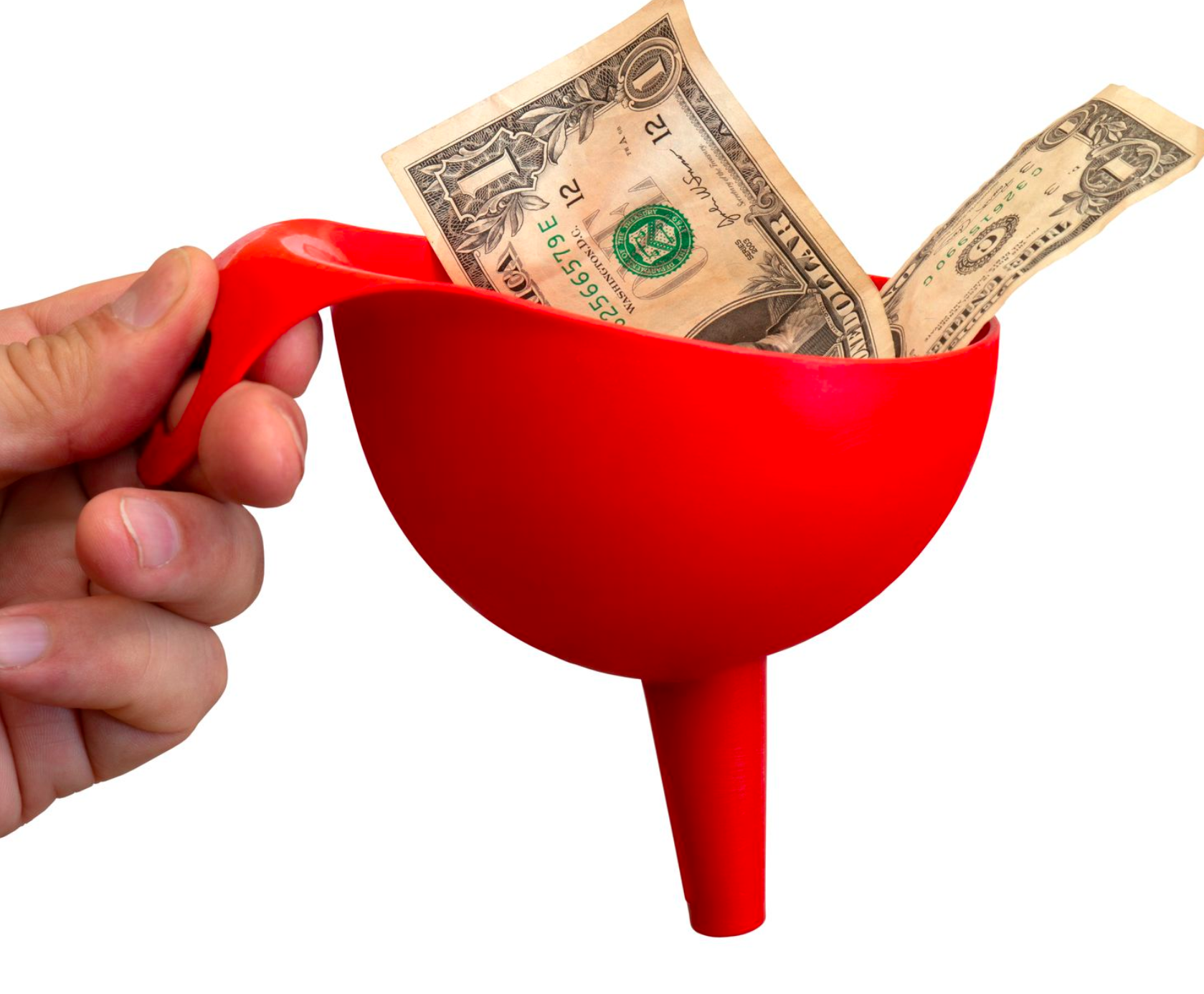
How to Create an Effective Affiliate Marketing Funnel
Affiliate marketing has become a cornerstone strategy for many businesses seeking to expand their reach and increase their revenue streams. However, the key to success in affiliate marketing lies not just in the partnerships you form, but in the marketing funnel you create to guide potential customers from awareness to conversion. This article will provide you with a comprehensive guide on how to create an effective affiliate marketing funnel that maximizes your potential earnings.
Understanding the Affiliate Marketing Funnel
Before diving into the creation process, it’s essential to understand what an affiliate marketing funnel is. Essentially, a funnel is a step-by-step journey that potential customers take, starting from their first interaction with your brand to the final purchase. Each stage of the funnel is designed to move prospects closer to making a buying decision.
Stages of the Affiliate Marketing Funnel
The affiliate marketing funnel can be broken down into several stages:
- Awareness: At this stage, potential customers become aware of your product or service.
- Interest: Here, they begin to show interest and seek more information.
- Consideration: Prospects evaluate your offer compared to competitors.
- Conversion: The final stage where the prospect makes a purchase.
Step 1: Identifying Your Target Audience
The first step in creating an effective affiliate marketing funnel is to identify your target audience. Understanding who your ideal customers are will allow you to tailor your funnel to meet their specific needs and preferences. Consider demographics, interests, and purchasing behavior.
Conducting Market Research
Market research is crucial in identifying your target audience. Utilize tools like Google Analytics, surveys, and social media insights to gather data. According to Statista, as of 2023, over 4.2 billion people actively use social media, providing a rich source of data for understanding consumer behavior.
Step 2: Creating Compelling Content
Once you know your audience, the next step is to create content that attracts and engages them. Content is the backbone of your funnel, guiding prospects through each stage.
Types of Content to Consider
There are various types of content you can use at different stages of the funnel:
- Blog Posts: Informative and SEO-optimized blog posts can drive traffic to your site.
- Videos: Engaging video content can increase conversion rates by up to 86%, according to HubSpot.
- Webinars: Live sessions can build trust and provide in-depth information.
- Case Studies: Demonstrating success stories can boost credibility.
Step 3: Building Trust and Authority
Building trust is crucial in the consideration stage of the funnel. Consumers are more likely to convert if they trust your brand.
Establishing Authority
To establish authority, consider the following:
- Testimonials: Display reviews and testimonials from satisfied customers.
- Expert Endorsements: Collaborate with industry experts or influencers.
- Quality Content: Consistently provide valuable content that answers your audience’s questions.
Step 4: Optimizing Your Conversion Process
As prospects move down the funnel, your goal is to convert them into customers. This requires an optimized conversion process.
Creating a Seamless Experience
Ensure your conversion process is seamless by focusing on:
- User-Friendly Website: A website that’s easy to navigate can increase conversion rates.
- Clear Calls-to-Action (CTAs): Use compelling CTAs to guide users towards making a purchase.
- Mobile Optimization: With over 50% of web traffic coming from mobile, as reported by BroadbandSearch, ensure your site is mobile-friendly.
Step 5: Using Analytics to Refine Your Funnel
Once your funnel is in place, it’s essential to continually analyze its performance and make necessary adjustments.
Key Metrics to Monitor
Pay attention to metrics such as:
- Conversion Rates: The percentage of visitors who become customers.
- Bounce Rates: The percentage of visitors who leave your site quickly.
- Customer Acquisition Cost (CAC): The cost of acquiring a new customer.
Use tools like Google Analytics and affiliate marketing platforms to track these metrics and gain insights into your funnel’s performance.
Conclusion: Continuously Improve Your Affiliate Marketing Funnel
An effective affiliate marketing funnel is not a set-it-and-forget-it endeavor. It requires continuous refinement and optimization. By understanding your audience, creating compelling content, building trust, optimizing conversion processes, and using analytics, you can create a funnel that not only attracts but also converts and retains customers.
Remember, the landscape of affiliate marketing is ever-evolving. Stay updated with industry trends and be willing to adapt your strategies to maintain a competitive edge. With dedication and strategic planning, your affiliate marketing funnel can become a powerful tool in driving your business’s success.
Do you need your own Affiliate Marketing Expert? Try the chatbot for free





